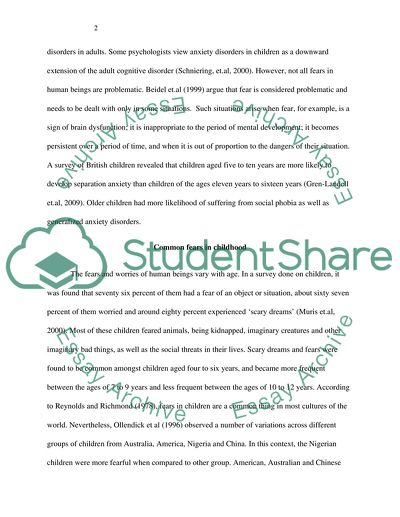Cite this document
(“Do Mothers Influence the Development of Social Phobia and Social Essay”, n.d.)
Do Mothers Influence the Development of Social Phobia and Social Essay. Retrieved from https://studentshare.org/psychology/1681848-do-mothers-influence-the-development-of-social-phobia-and-social-anxiety-in-their-children
Do Mothers Influence the Development of Social Phobia and Social Essay. Retrieved from https://studentshare.org/psychology/1681848-do-mothers-influence-the-development-of-social-phobia-and-social-anxiety-in-their-children
(Do Mothers Influence the Development of Social Phobia and Social Essay)
Do Mothers Influence the Development of Social Phobia and Social Essay. https://studentshare.org/psychology/1681848-do-mothers-influence-the-development-of-social-phobia-and-social-anxiety-in-their-children.
Do Mothers Influence the Development of Social Phobia and Social Essay. https://studentshare.org/psychology/1681848-do-mothers-influence-the-development-of-social-phobia-and-social-anxiety-in-their-children.
“Do Mothers Influence the Development of Social Phobia and Social Essay”, n.d. https://studentshare.org/psychology/1681848-do-mothers-influence-the-development-of-social-phobia-and-social-anxiety-in-their-children.


